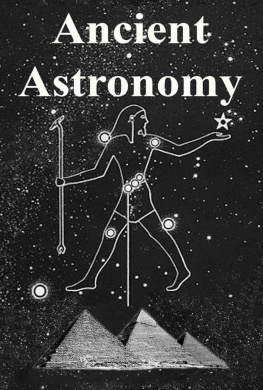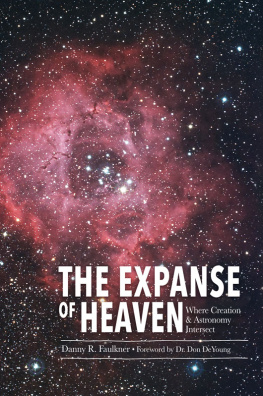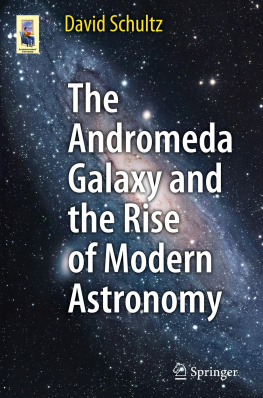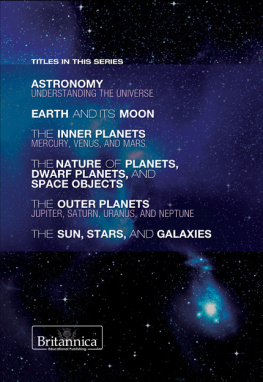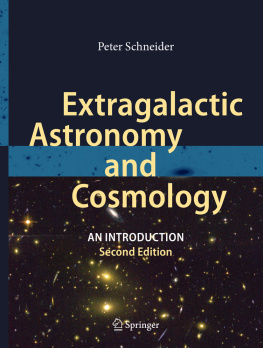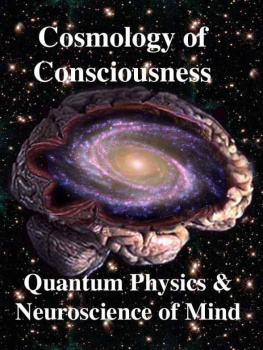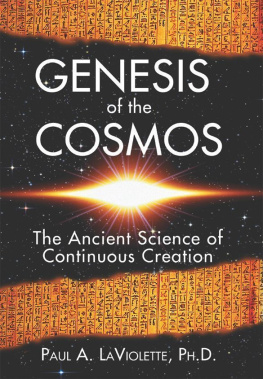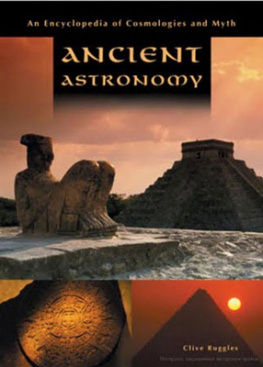
Ancient Astronomy of India, Egypt, China, Maya, Inca, Aztec, Greece, Rome, Genesis, Hebrews, Christians, the Neolithic and Paleolithic
By
Yash P. Aggarwal, Juan Antonio Belmonte
William P. Brown, Nicholas Campion
Cndido Marciano da Silva, Steven R. Gullberg
Stanisaw Iwaniszewski, Subhash Kak,
Helge Kragh, R. Gabriel Joseph
David W. Pankenier, Emlia Psztor,
Giulio Magli J. McKim Malville, Ivan rajc,
Cosmology Science Publishers (Cambridge)
Copyright 2011, 2012, 2015 / Cosmology Science Publishers
Published by: Cosmology Science Publishers, Cambridge, MA
All rights reserved. This book is protected by copyright. No part of this book may be reproduced in any form or by any means, including photocopying, or utilized in any information storage and retrieval system without permission of the copyright owner.
The publisher has sought to obtain permission from the copyright owners of all materials reproduced. If any copyright owner has been overlooked please contact: Cosmology Science Publishers at Editor@Cosmology.com, so that permission can be formally obtained.
Cosmology Science Publishers
Cosmology.com
Contents
Prologue: Ancient Cosmologies: The Paleolithic and Neolithic Universe
Abstract
The origins of astronomy and cosmology may have a history which extends thousands and possibly tens of thousands of years into the past. Evidence of this awareness can be found in ancient caves and underground cathedrals dating from the Paleolithic, in the orientation of Neolithic monuments, and by the design of temples from ancient India and Egypt. This article briefly reviews some of this evidence.
What impresses humans soul the most is the night sky above him and the moral law inside him. --I. Kant
1. Introduction
Astronomy may be a very ancient science, with a history extending so far into the dim past that it origins are all but concealed. However, tantalizing clues have been left deep within the recesses of paleolithic underground cathedrals, caverns which are adorned with symbolic images of the night sky.
Unlike modern humans, where the night sky is shrouded by reflected artificial light, the stars above dominated the world view of Paleolithic humans, as the night was a tapestry of starry light, the meaning of which could only be discerned by their symbolic patterns. Our ancient ancestors, of even a few centuries ago, and certainly during the Paleolithic, lived in the sublunary world, encapsulated into celestial spheres illuminated by patterns of light.
How the ancients may have conceived of the celestial sphere, is unknown to us, and all we may do is speculate. However, it is clear that the ancient skies were of profound significance, for the peoples of the Paleolithic reproduced the night sky in their paintings and drawings, perhaps eve as long ago as 30,000 BP (Joseph 2010). It is this symbolic language of sky which is of the primary interest to us here and this language was first written by prehistoric man, who adorned his underground cathedrals with stars that were filled with life. And not just stars, but constellations, and perhaps symbolic representations of the solstice and equinox (the sign of the cross, Figure 1) and an understanding that the moon (Figure 2) underwent 13 cycles during the course of a solar year (Joseph 2010) and that this was correlated with the female menstrual cycle.

Figure 1. According to Joseph (2010), the cross, painted in bold red ochre upon the entryway to the Chauvet Cave, and dated to over 30,000 years, could be interpreted as a representation of the solstice and equinox which marks the shortest and longest days of the year (December and June) and the beginning of Autumn and Spring and thus an awareness of these solar cycles during the Paleolithic.

Figures 2 and 3 (below) . There are 13 new moons in a solar year, and females have 13 menstrual cycles in a year. According to Joseph (2010), the pregnant goddess, the Venus of Laussel, holds the crescent moon in her hand, and the 13 cuts in the crescent moon represent the 13 menstrual cycles and 13 lunar cycles during a solar year, thus demonstrating an awareness of this association 20,000 years ago.

The correlations between earthly events, in particular periodic changes and astral collective movements have been noted surely very early, perhaps over 30,000 years ago, and certainly before as well as during and after the Neolithic. We shall consider here a number of instances where particular toponyms are coupled with celestial objects, mainly with the most prominent of them, the stars and Sun.
2. Megaliths Most of the Paleolithic culture has been preserved in the form of cave paintings and megalithic structures. We shall first consider the issue of extant megalithic sites, with brief case study of several cases, and then analyze some of the most prominent caves and their artistic and/or magical contents.
Whatever their original purpose was, megalithic structures are for the modern archeology considered as messages from our Paleolithic ancestors, a sort of language, just as myths are for anthropologists and (pre)historians. Two phases may be discerned with regard to the technical characteristics of these constructions: (i) Stone age period and (ii) Bronze age phase. In the first undressed stones were used and it was only their mutual positions which were used to convey their purpose and meaning. With the advent of metallurgy, and production of metal tools, Neolithic man was able to shape the megaliths and construct more elaborate structures. It was a sort of historical irony that the metallic tools enable stone as a material to become dominant element of early civilizations. Metallic tools and artifacts have in the meantime vanished, due to corrosion, except under exceptional circumstances, as illustrated by Antikythera mechanism, for instance (Freeth, 2010). We shall briefly analyze a number of the characteristic cases relevant for the astronomy.
3.1. Stonehenge. This complex structure has attracted great interest from the side of astronomers, anthropologists, historians etc. And yet, with accumulation of data and even more of interpretations, our knowledge can hardly be considered advancing. The consensus as to the original (or otherwise) purpose of this imposing structure has been changed from generation to generation, at least as our historical records show. The most popular interpretations appear: (i) religious site, a prehistoric temple; (ii) astronomical observatory, of still unknown complexity. (ii) medical healing centre, something like Hypocration on Kos. But before we go on, it must be stressed that one has to distinguish between the purpose (of constructing) and usage of a ready construction. We are pretty sure today that religious ceremonies like those ascribed to Druids, had nothing to do with the primary purpose of the structure, in particular with the Aubreys holes. Similarly, if the site was used for curing, as the name of Heel stone (which might well be written as Healstone) might suggest, it could well be a derived usage, profiting from already high reputation of the site.
For our purpose it is worth noticing that the present-day extant (and modeled) structure had undergone several phases of construction, which belonged to generations well separated in time by periods measured by centuries (Brown, 1976). The question arises: if these consecutive additions had different purpose with regards to their astronomical use, why they were fixed to the unique, present-day geographical position? What is so special with the place where Stonehenge was erected? According to our modern inference into astronomical phenomena, if there is something special about this location, it must refer to the geographical altitude. We know that at Stonehenge altitude and only at this one, sighting lines of largest southerly monthly swing of Moon and midsummer sunrise or sunset appear at right angle (Hoyle, 1977). This altitude singularity is somehow connected with the uniqueness of Stonehenge among known Neolithic sites. It raises, on the other hand, the question of completeness of our insight into the prehistory, according to the material remains. Stonehenge appears as unique among other megalith structures as the abovementioned Antikythera mechanism is an extraordinary relict of the ancient civilization and technology. Does it mean that both constructions were unique at their time or they just happened to be persevered up to our time, unlike others from their class? With single pieces of evidence it would be risky to estimate probability single item to be preserved by chance, of course.
Next page
